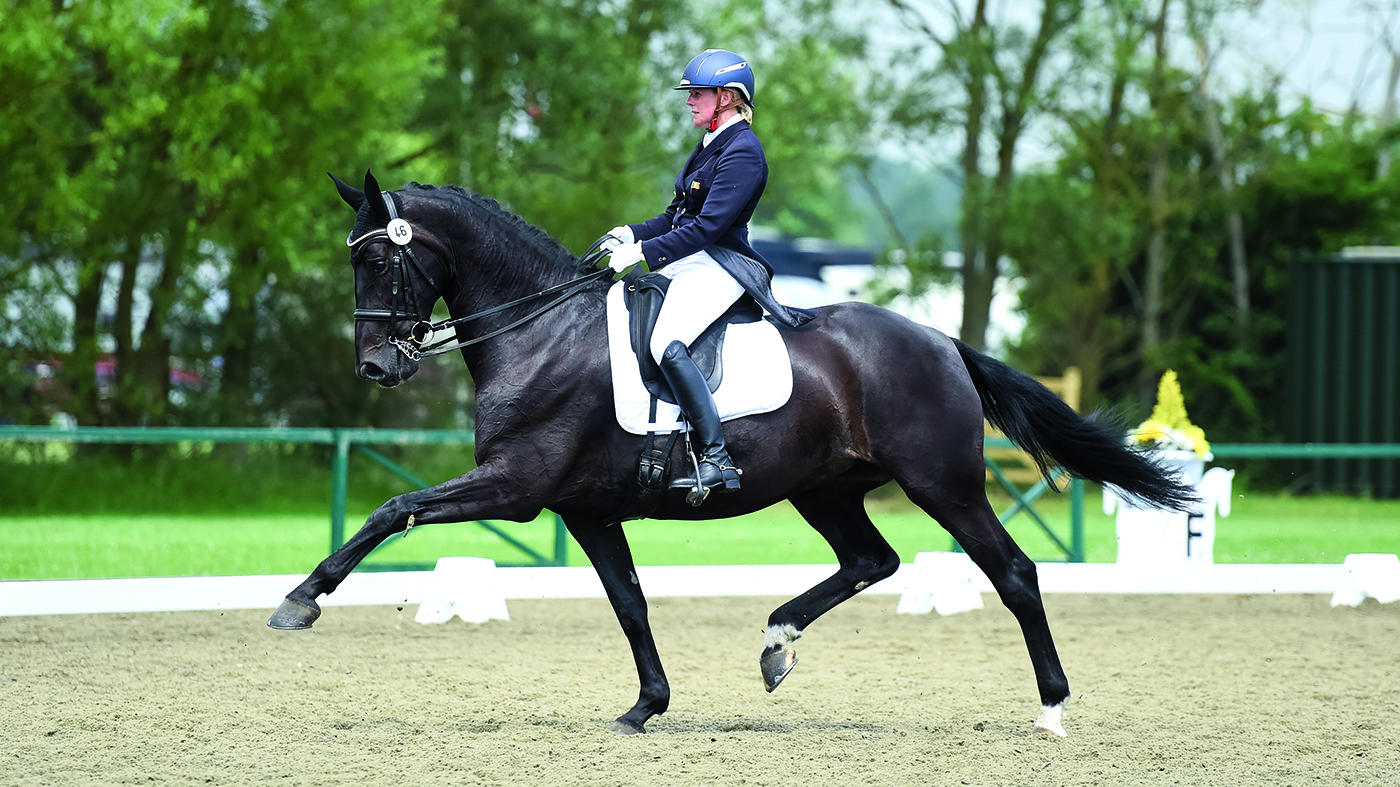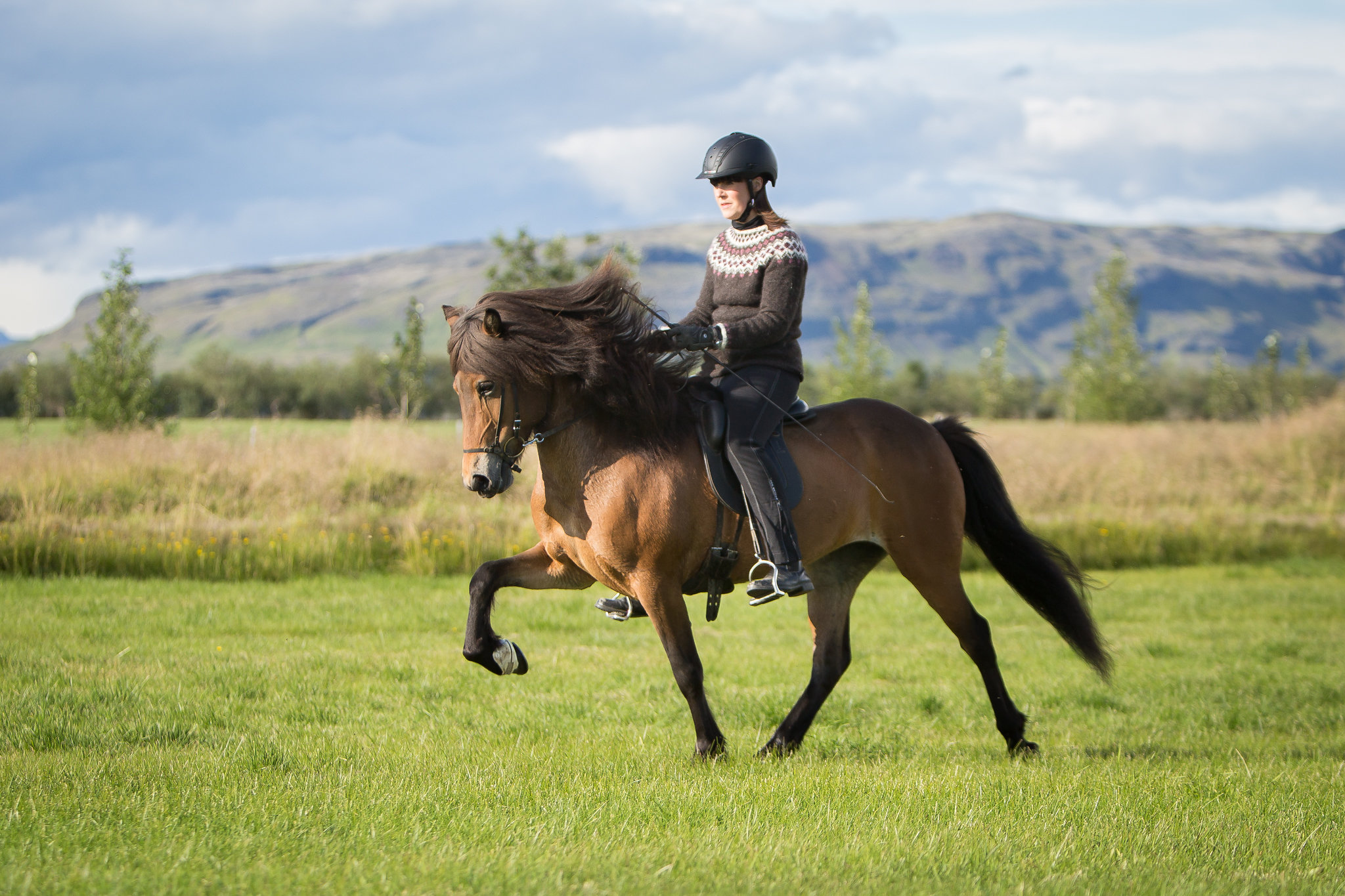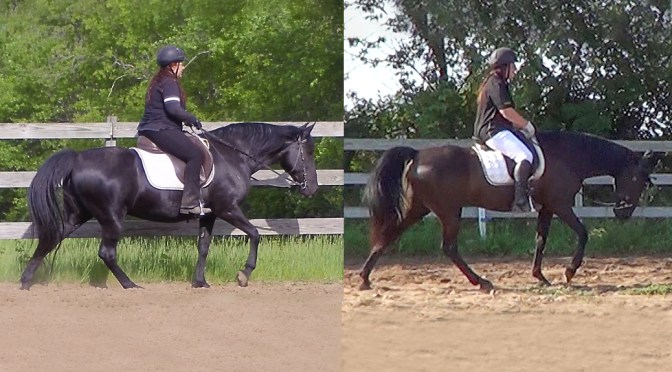Extended Gaits: Showing Your Horse’s Athletic Ability

Extended gaits are a remarkable demonstration of a horse’s strength, balance, and training. They involve lengthening the stride while maintaining rhythm and impulsion, allowing the horse to cover more ground with each step. This movement not only highlights the horse’s athleticism but also its responsiveness and willingness to perform.
What Are Extended Gaits?

Extended gaits refer to the horse’s ability to increase the length of its stride beyond the normal working gait without losing rhythm or balance. This can be seen in various gaits such as the trot, canter, and walk. The horse stretches its frame, reaching forward with its legs and pushing off powerfully from the hindquarters.
| Gait Type | Description | Key Characteristics |
|---|---|---|
| Extended Walk | A longer, more ground-covering walk with increased stride length | Relaxed, rhythmic, and ground-covering steps |
| Extended Trot | A powerful, ground-covering trot with increased suspension and stride length | Elevated, energetic, and balanced |
| Extended Canter | A flowing, long-stride canter with increased impulsion and reach | Smooth, powerful, and expressive |
Why Are Extended Gaits Important?
- Showcase Athleticism: Extended gaits reveal the horse’s strength, flexibility, and training level.
- Improve Performance: They enhance the horse’s ability to move efficiently and with greater power.
- Judging Criteria: In disciplines like dressage, extended gaits are scored for their quality and execution.
How to Train Extended Gaits
Training extended gaits requires patience, consistency, and proper technique:
- Build a Strong Foundation: Ensure your horse is balanced and responsive at the working gaits.
- Use Transitions: Practice transitions between collected, working, and extended gaits to develop control.
- Encourage Engagement: Focus on strengthening the hindquarters to provide impulsion.
- Maintain Rhythm: Keep the tempo steady to avoid rushing or losing balance.
- Seek Professional Guidance: Work with a trainer to refine technique and avoid common mistakes.
Common Challenges
- Loss of rhythm or balance
- Resistance or tension in the horse
- Insufficient impulsion from the hindquarters
Frequently Asked Questions (FAQ)
Q: Can all horses perform extended gaits?
A: While most horses can learn to extend their gaits, the degree of extension depends on the horse’s conformation, fitness, and training.
Q: How do extended gaits differ from collected gaits?
A: Extended gaits lengthen the stride and increase ground coverage, whereas collected gaits shorten the stride and increase engagement and elevation.
Q: Are extended gaits only important in dressage?
A: No, extended gaits are valuable in various equestrian disciplines, including eventing and show jumping, as they demonstrate the horse’s athletic ability.
By mastering extended gaits, riders can truly showcase their horse’s athleticism and enhance their overall performance in the arena. This skill reflects a harmonious partnership between horse and rider, built on trust, training, and mutual understanding.
